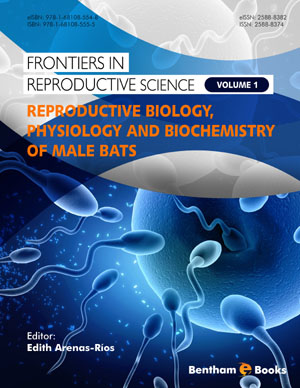Abstract
After spermatogenesis within the seminiferous tubules of the male gonads, the sperm cells continue their journey through the male reproductive tract, until ejaculation, however, described for the generality of mammals studied, that transit through the epididymis is essential for sperm to acquire the potential to carry out hyperactivation and acrosome reaction within the female genital tract and, in turn, fertilize the egg. The sperm is a transcriptionally silenced cell, so it depends almost entirely on proteins that are acquired or modified during their tour of the epididymal duct. Recently, studies have been conducted using the bat (Corynorhinum mexicanus) as a study model, which has allowed to explore some important details of the process of epididymal sperm maturation, such as the fact that in this species, the epididymal maturation ends in the caudal region, and not as had been established so far in other groups of mammals, another aspect to highlight is the participation of the reactive oxygen species and the different enzymes involved, which have been reported to play a crucial role in the signaling pathways within the maturation of sperm. Also, studies have been conducted on post-translational changes that present the proteins that make sperm and its various organelles, fundamentals for the survival of the cell and its recognition with the ovum.
Keywords: Bat, Chiroptera, Vespertilionidae, Prolonged storage sperm, Sperm, Sperm maturation, Storage sperm.








